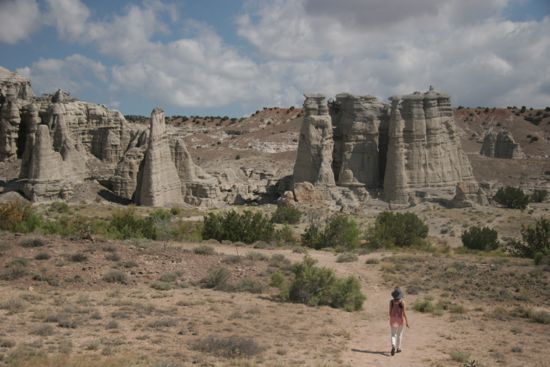News
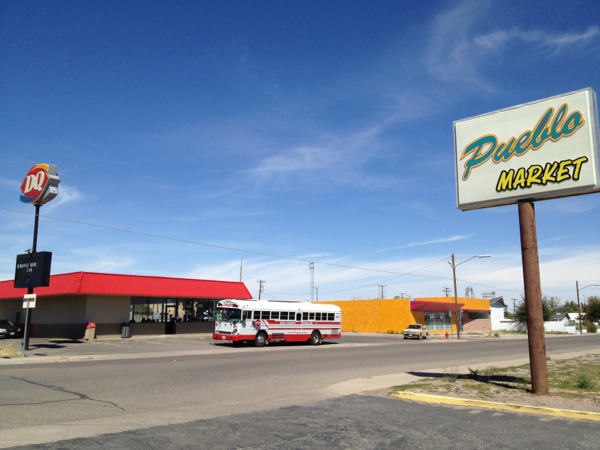
I have been back at home in Santa Monica for a few days now, but I feel as though I’m still under the spell of the magical time I spent in Marfa. I brought back a kind of energy that still surrounds and propels me, and I wonder if it has something to do with the size of the place. All my life, I’ve lived in big cities: Rabat, London, Los Angeles. But Marfa is a small town in west Texas, with a population of 2,100. Although the Lannan Foundation had graciously lent me a car for the duration of my stay, I walked everywhere I needed to go, whether to the post office, the bookstore or the farmer’s market. Everyone waved hello; everyone was friendly; everyone invited me to the Friday night football game; and everyone was a little mystified that writers go on these things called ‘residencies.’
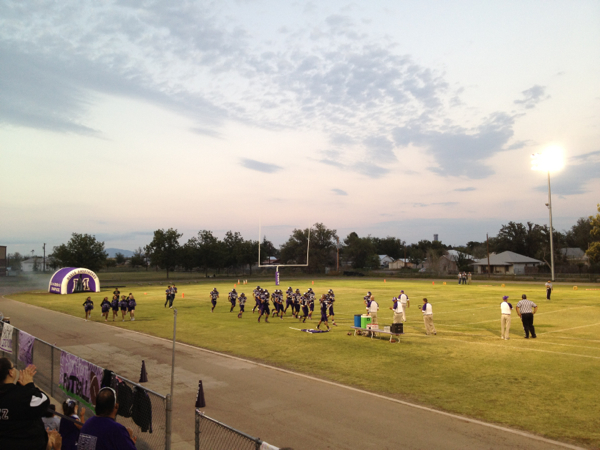
I did attend Marfa High School’s friday night game. There were only six players on each team, instead of eleven, but the stadium lights shone just as bright. Six-man football, I was told, was the only variant that could be played in such a small town. The Marfa Shorthorns did very well that night, beating the Sanderson Eagles with a score of 55-42. But I was no closer to understanding or even really enjoying the game. (Like all Moroccans, I remain a fan of good old football, played with a round black-and-white ball.) What I enjoyed instead was watching an entire community come together to cheer and support its children.
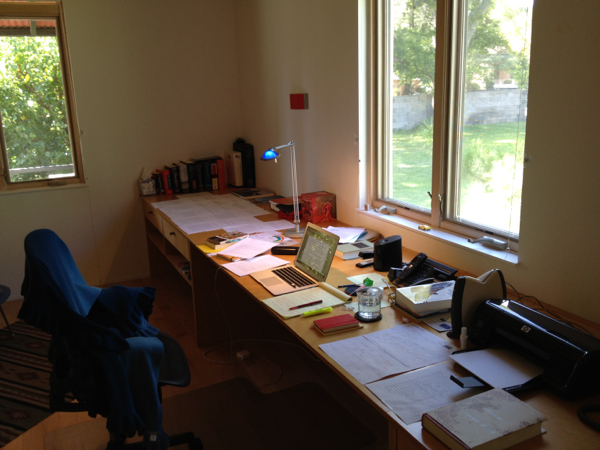
Above is a picture of my desk. This is where I spent the better part of my time last month, working on my novel. I listened to classical music—Brahms and Rachmaninov were favorites—but I did not mind the unusual sounds of an unfamiliar place. Freight trains, which run through the center of Marfa, blew their horns several times during the day. A murder of crows roosting on the tree in the front yard kept me company in the afternoon. There were also neighborhood dogs. None of them were tethered, and I had to overcome my fear of small canines whenever I stepped out. But I loved, especially, the wild and fearless turkey who visited me from time to time. Maybe it was all this unfamiliarity that gave birth to the energy I brought back with me to the metropolis.
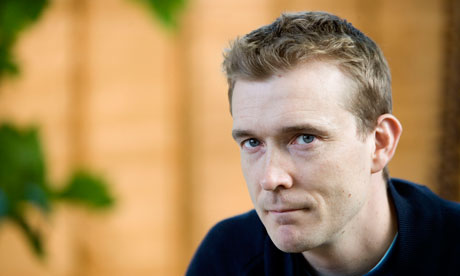
I’ve tried to avoid the trailer of the film adaptation of David Mitchell’s Cloud Atlas. (I mean: the Wachowskis? Tom Hanks? Hugo Weaving as an Asian man? Huh?) But last week I gave in and watched it and now I’m curious to see it. The novel has six interweaving story lines, although ‘interweaving’ isn’t quite the right word to describe what Mitchell does: multiple voices, multiple styles, multiple genres, multiple eras, all of them held together with a fragile thread—the transmigration of souls.
The passage below, about life, death and rebirth, and which I can hardly ever re-read without having a knot in my throat, is from the Frobisher story, “Letters from Zedelghem.”
Luger here. Thirteen minutes to go. Feel trepidation, naturally, but my love of this coda is stronger. An electrical thrill that, like Adrian, I know I am to die. Pride, that I shall see it through. Certainties. Strip back the beliefs pasted on by governesses, schools and states, you find indelible truths at one’s core. Rome’ll decline and fall again. Cortés’ll lay Tenochtitlán to waste again, and later, Ewing will sail again, Adrian’ll be blown to pieces again, you and I’ll sleep under Corsican stars again, I’ll come to Bruges again, fall in and out of love with Eva again, you’ll read this letter again, the sun’ll grow cold again. Nietzsche’s gramophone record. When it ends, the Old One plays it again, for an eternity of eternities.
Time cannot permeate this sabbatical. We do not stay dead long. Once my Luger let me go, my birth, next time around, will be upon me in a heartbeat. Thirteen years from now we’ll meet again at Gresham, ten years later I’ll be back in this same room, holding this same gun, composing this same letter, my resolution as perfect as my many-headed sextet. Such elegant certainties comfort me at this quiet hour.
More on David Mitchell here.
Photo credit: The Guardian.

Some years ago, Rick Simonson of Elliott Bay Book Company recommended three books I could take with me to keep me company while I was on a promotional tour for Hope and Other Dangerous Pursuits. I bought the books, put them in my suitcase, and then of course read something else entirely. It wasn’t until last week that I pulled the three books that make up Eduardo Galeano’s Memory of Fire from my shelves. This is brilliant, brilliant work. In brief, poetic vignettes, Galeano tells the history of the Americas from ancient times to the present. It seems impossible, doesn’t it, telling the history of an entire continent in just three books? But he does it so well and so sensitively. For each year, he selects one or two events and turns them into a little story, sometimes as short as a paragraph, sometimes as long as two or three pages, but always taking the time to bring characters into relief. I brought the books with me to Marfa, Texas, where I am on residency to work on my new novel.
(Photo credit: Marfa courthouse via West Texas Weekly.)
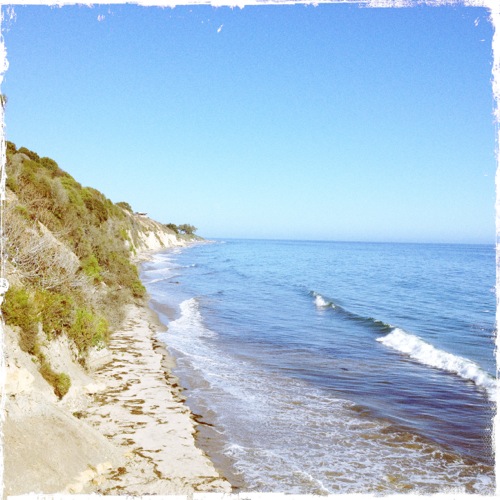
And now, suddenly, it’s August. The last few weeks have gone by in a blur. I’m reading a lot, though, mostly on history. I recently finished Bernal Díaz’s The Conquest of New Spain, an eyewitness account of Hernan Cortés’ conquest of Mexico. (Warning: not for the faint of heart!) I also enjoyed Hassan al-Wazzan’s Description of Africa, a fascinating narrative by the famed Moroccan diplomat of his travels in northern Africa in the early sixteenth century. And I’ve just started Patrick French’s biography of V.S. Naipaul—some wonderful revelations about the writer here, though it does nothing to change my opinion about the man. Other than that, I’m working on my novel, of course, as usual, as ever, and trying to get ready for my residency in Marfa.
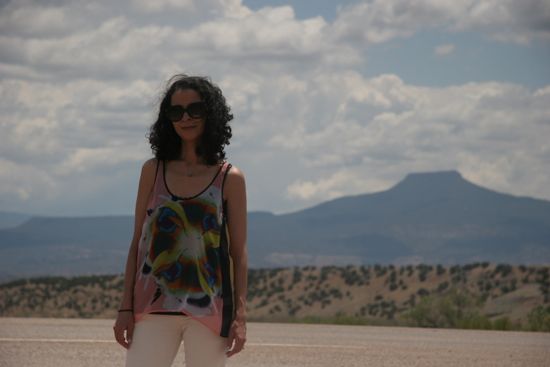
I’ve just returned from Santa Fe, New Mexico, where I spent a wonderful week with my family. The picture above was taken outside Ghost Ranch, in the small town of Abiquiu, about 50 miles north of Santa Fe. In the distance, you can see Cerro Pedernal, the flat-topped mountain that Georgia O’Keeffe spent years and years painting.
In the mountains not far from Abiquiu, we also came across an adobe mosque. It was designed by the Egyptian architect Hassan Fathy in the late 1970s and is adjacent to an educational center and retreat.

The landscape near Santa Fe is spectacular. We did some hikes in Bandelier National Park, but the big surprise this time was Plaza Blanca, pictured below.
